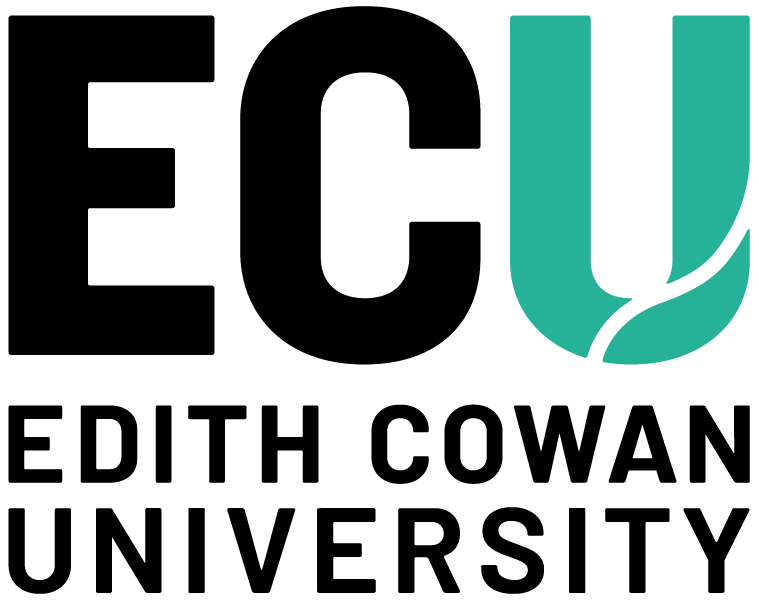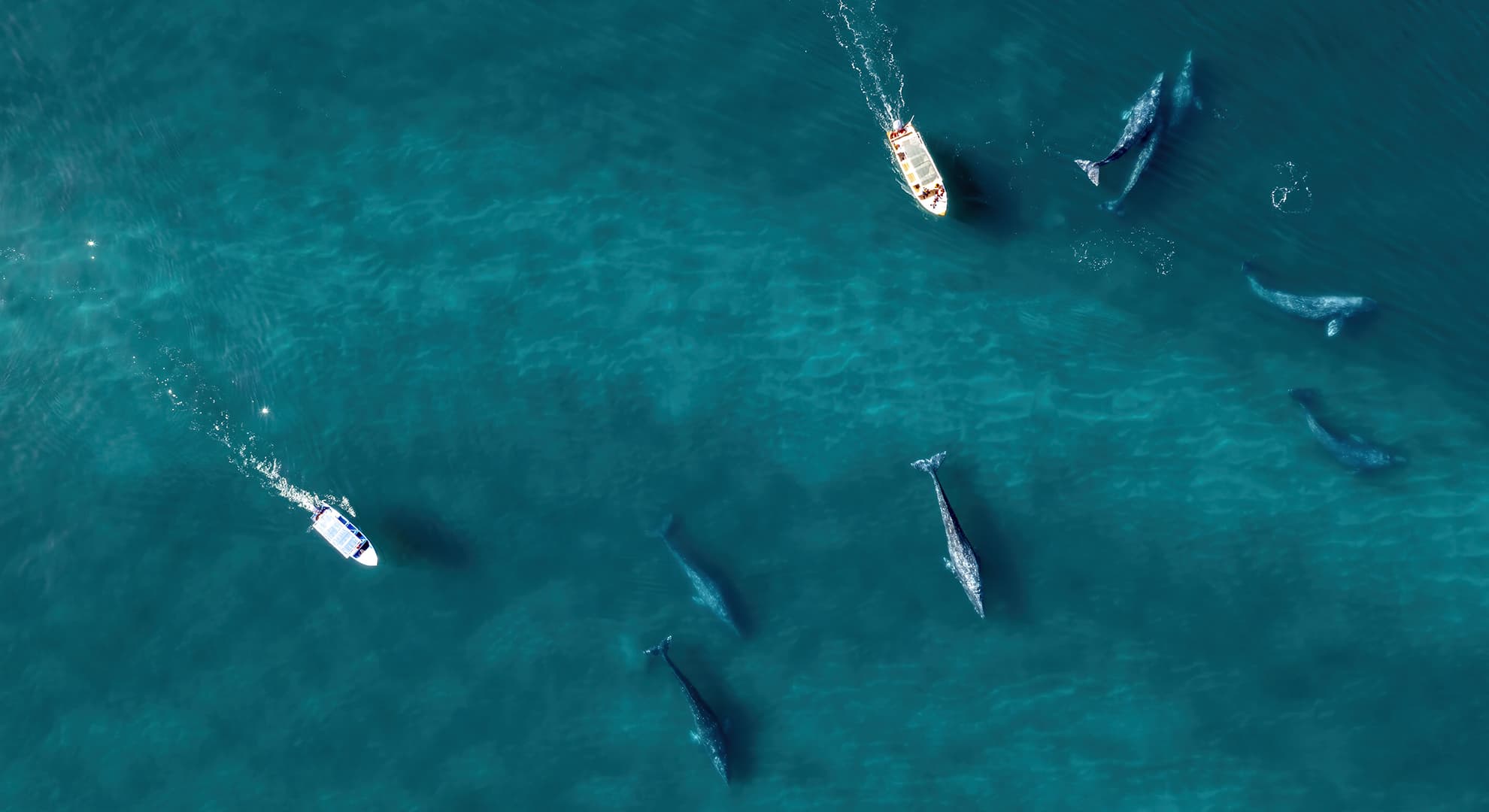A newly developed and freely available open-source app that can help researchers and community groups globally to conduct wildlife imagery surveys has been unveiled by researchers from Edith Cowan University (ECU).
Co-developed by ECU senior research fellow Dr Amanda Hodgson, the WISDAM app is designed to standardise the image review process, allowing researchers or community groups to extract data from aerial survey images, using the power of georeferencing and artificial intelligence (AI) to automate the process as much as possible, thereby saving time.
"Advanced technology has allowed researchers to shift towards imagery aerial surveys from drones or piloted planes to collect data on wildlife distribution and abundance. These surveys involve collecting photos along survey flight paths and processing them post-survey.
"The challenge is now in how to efficiently extract animal detections and other data from the images in a reasonable timeframe," Dr Hodgson said.
WISDAM (Wildlife Imagery Survey – Detection and Mapping) allows users to map the image footprints and detected animals to real-world coordinates and assign information such as species and age class, and habitat details. Animals can be detected manually using the helpful features built into WISDAM, or by using AI models such as the automated Marine Animal Detector that has also been developed by Amanda and her collaborators.
WISDAM also has automated features that help ensure that individual animals appearing in overlapping images are only counted once, and that match and compare detections from multiple sources such as manual detections and AI detections.
"We've conducted many aerial surveys of marine mammals and have established methods for imagery surveys. So, we needed one tool that allows us to manage, annotate and map our imagery, and extract all the information that we need from survey images in a standardised way, and that provides outputs we can directly fed into population assessments and spatial modelling.
"That's what led to us developing WISDAM. And by sharing this tool, we hope to help other research and community groups around the world produce robust and comparative data for their study species," Dr Hodgson said.
"In combination with drones, this tool can help non-experts to carry out surveys in areas where we have little information about animal presence and numbers, and where a lack of expertise and resources has prevented us gaining this knowledge that is critical for helping conservation efforts."
WISDAM was collaboratively developed with software developer Martin Wieser, Dr Christophe Cleguer from the Marine Megafauna Research Group at the Centre for Tropical Water and Aquatic Ecosystem Research at James Cook University, Dr Nat Kelly with the Australian Antarctic Division, and Dr Frederic Maire from the Queensland University of Technology.
Detailed information about WISDAM can be found on the newly launched app website along with a download link and access other resources.

 WISDAM is designed to standardise the image review process.
WISDAM is designed to standardise the image review process.



